Edge vs Cloud Computing: Choosing the Right Solution
In today’s digital era, businesses rely heavily on data-driven technologies. Two major approaches powering modern IT infrastructures are cloud computing and edge computing. While both offer unique advantages, choosing the right one depends on your business goals, infrastructure, and performance requirements.
What is Cloud Computing?
Cloud computing delivers computing services—including servers, storage, databases, networking, and software—over the internet. Businesses use cloud platforms like AWS, Microsoft Azure, and Google Cloud to scale resources on demand without heavy upfront investments.
Advantages of Cloud Computing:
- Scalability: Easily scale resources up or down as per demand.
- Cost Efficiency: Pay-as-you-go model reduces infrastructure costs.
- Accessibility: Access data and applications from anywhere.
- Disaster Recovery: Built-in backup and recovery features.
Limitations of Cloud Computing:
- Latency issues for time-sensitive applications.
- Requires strong internet connectivity.
- Higher long-term costs for data-intensive workloads.
What is Edge Computing?
Edge computing processes data closer to the source (such as IoT devices, sensors, or local servers) instead of relying entirely on centralized cloud servers. This reduces latency and enhances real-time decision-making.
Advantages of Edge Computing:
- Low Latency: Critical for applications like autonomous vehicles, AR/VR, and industrial automation.
- Bandwidth Efficiency: Processes data locally, reducing cloud traffic.
- Enhanced Security: Sensitive data can be processed on-site rather than transmitted to the cloud.
- Offline Functionality: Works even with limited internet connectivity.
Limitations of Edge Computing:
- Higher upfront hardware and setup costs.
- Limited scalability compared to cloud solutions.
- More complex to manage across distributed networks.
Edge vs Cloud: Which Should You Choose?
- Choose Cloud Computing if:
- You need scalability and flexibility.
- Your business relies on global accessibility.
- Cost efficiency is a top priority.
- Applications don’t require real-time processing.
- You need scalability and flexibility.
- Choose Edge Computing if:
- You operate time-sensitive applications like robotics, self-driving cars, or AR/VR.
- Your business runs IoT-heavy operations that generate large volumes of data.
- You want greater control and security over data.
- Internet connectivity is unreliable in your location.
- You operate time-sensitive applications like robotics, self-driving cars, or AR/VR.
The Hybrid Approach
For many businesses, the best solution is a hybrid model that combines both edge and cloud computing. While edge handles real-time processing, the cloud manages long-term storage, analytics, and scalability. This approach balances speed, security, and cost efficiency.
Conclusion
Both edge computing and cloud computing are powerful technologies—but their effectiveness depends on business needs. Cloud is ideal for scalability and global reach, while edge is perfect for real-time, data-intensive applications. By evaluating your operational requirements, you can choose the right approach—or even combine both—to future-proof your business.
Call us for a professional consultation

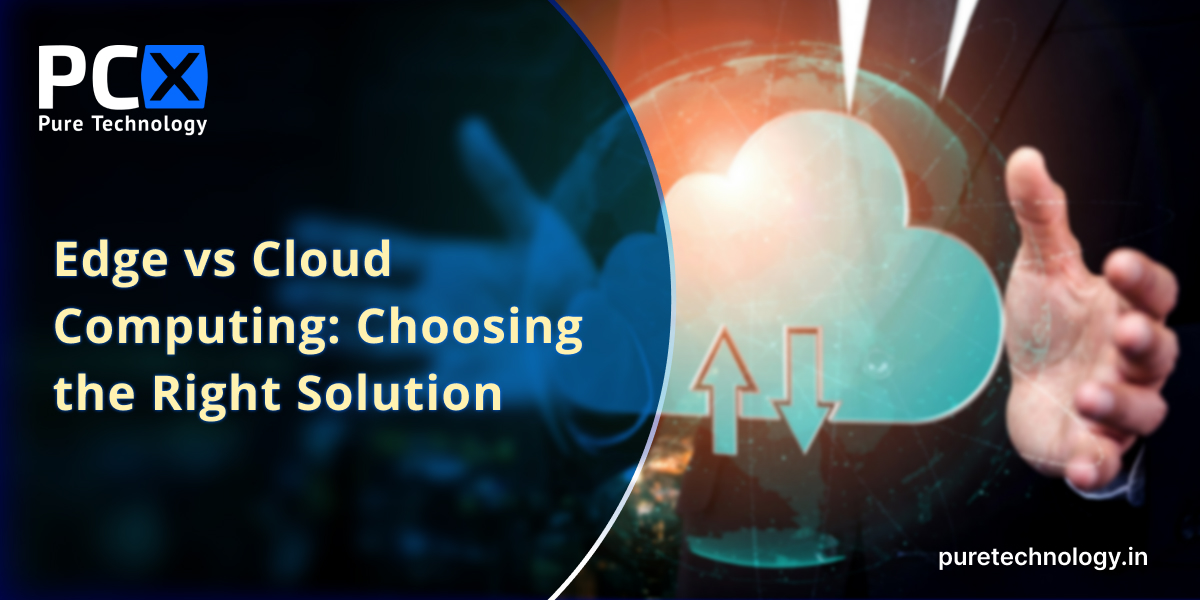
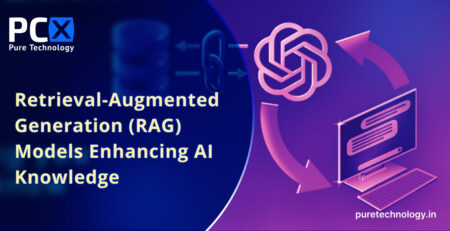



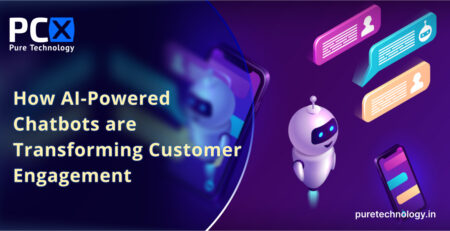
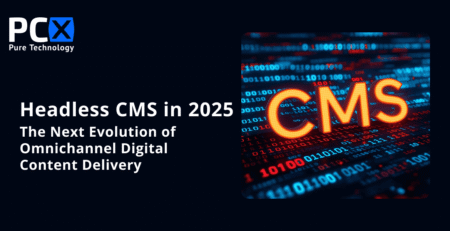
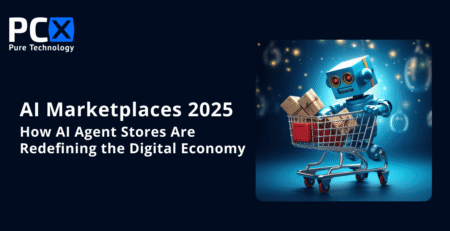



Leave a Reply